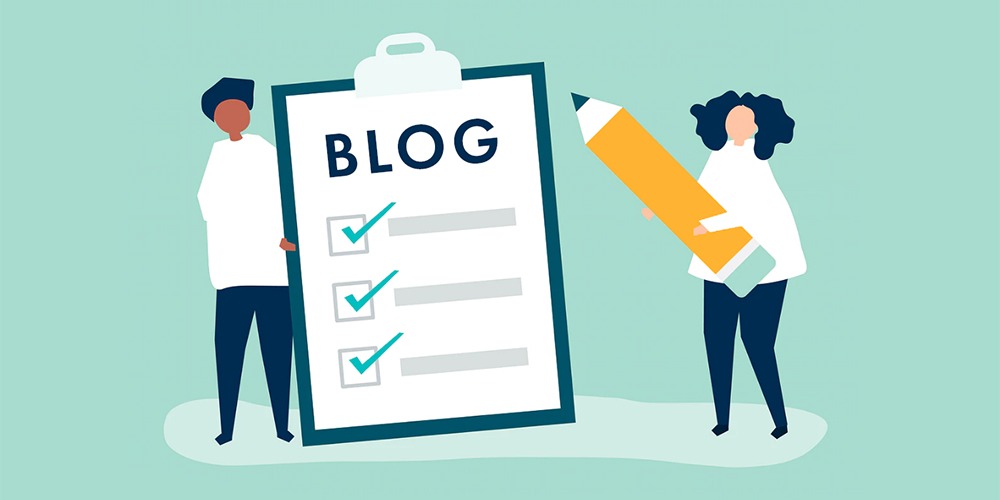Email, Google Hangouts, text messaging—there are so many ways to communicate without ever saying a word. In personal relationships, some people prefer this type of communication to a phone call, and that explains why many households in the United States have dropped their landlines. But phone communication is still relevant in professional settings—especially for sales reps. Many sales professionals think cold calling is dead, and we agree. But that doesn't mean calling is dead or that it can't be used as a successful sales tactic.
Cold calling has grown up
Going through a huge list of phone numbers, calling as many as you can and desperately trying to make a sale isn’t effective. But today, cold calling is much more sophisticated. In fact, it really isn’t “cold” at all. When your sales and marketing teams work together to identify only the most qualified leads, that first phone call isn’t just a shot in the dark. Your sales reps should already know who the decision-makers are before calling a prospect, as well as their pain points. What you don’t know is how much time those decision-makers have to read their email, or how often they read it, so a phone call is often the fastest way to make that first connection.Reading subtle cues
The word “great” could be used to describe a fabulous vacation, but it’s also something you might exclaim when you return home from a weekend getaway to find your basement flooded. The only difference between those two usages is the tone of your voice, and tone isn’t easy to detect in email. When you’re speaking to a prospect on the phone, there’s a lot you can pick up by listening to someone’s voice – not just the words being spoken. For example, if you ask whether a prospect is happy with his or her current vendor and you hear a long pause before a non-committal statement, it could be a clue that the person who’s talking may be ready for a change. You can’t gather that kind of sales intelligence via email.Smart scheduling
In our personal lives, there are some assumed rules about when to make phone calls, such as don’t call your night-owl friend before 9 a.m. In sales, you also need to follow some rules about when—and how often—to call. Sales calls are most effective when they follow a specific cadence and when that cadence can be automated by sales force automation software. Automated processes or cadence schedules allow sales reps to follow a pattern of calls that's more likely to result in a conversion than relying on intuition. The telephone still has value for sales teams, especially because the timing and frequency of calls can be scheduled, analyzed and revised. Read more about sales force automation software can help you meet your goals in our white paper, “Understanding Your SDR Needs: Identifying Your Input and Output," by filling out the form below:Category
Tags
Subscribe to Funnel Vision
Get the latest and greatest right in your inbox




